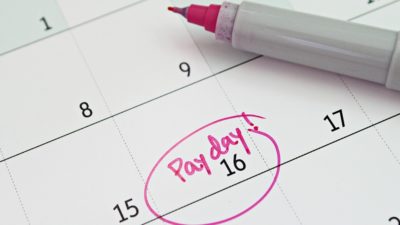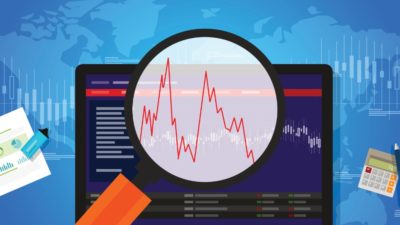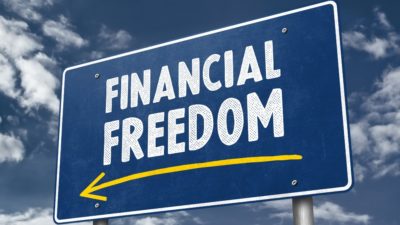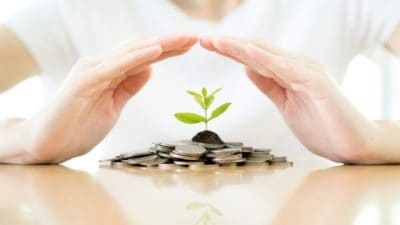These stocks represent some of my favourite income ideas. The thing is, you’ll never find these yields on sites like Morningstar or Yahoo! Finance. This is due to a glitch in the way media companies report financial information.
That’s why I like to call this group my “hidden high yielders.” If you know where to look, you can find stocks that pay out three, seven, and even nine times more than the posted yield. Let me explain…
If you’re a dividend investor, you have to read this
Dividend yield is a popular metric, and for good reason.
Study after study has shown that high-yield stocks beat the market over the long haul. Not to mention the thrill of watching those distribution cheques roll into your brokerage account.
But if dividend yield is the only number you’re looking at, then you’re missing the big picture. If you think about it, dividends are just one of many ways for companies to reward their shareholders. That’s why it’s time to consider an entirely new metric—shareholder yield.
Shareholder yield is a more holistic approach to measuring the money companies return to investors. Today, many firms are choosing buybacks and debt reduction over dividends. That’s why it’s essential to incorporate these options into your analysis.
While you will never see a company’s shareholder yield posted on any financial websites, this number is still easy to calculate yourself. To find a stock’s shareholder yield, all you have to do is
- total the money a firm pays out through dividends, buybacks, and debt repayments;
- divide this number by the company’s total market capitalization;
- multiply this figure by 100.
Better returns, less risk
Sure, this requires a little bit more work than just checking the posted yield on Yahoo!. However, it’s well worth the effort. This more complete approach can translate into superior returns.
In his book Shareholder Yield: A Better Approach to Dividend Investing, author Mebane Faber compared the returns obtained by investing in a basket of stocks selected by dividend and shareholder yields, and the results are quite interesting.
Between 1982 and 2011, a basket of high-dividend-yield stocks produced an average return of 13.4% per year, crushing the S&P 500 Index’s 10.9% annual return over that period. Companies with high-shareholder-yields did even better, delivering a 15.1% annual gain during that same time.
The small difference in returns can have a big impact on your capital. Based on these averages, a $10,000 investment in the S&P 500 would turn into $28,290 after 10 years. However, that same money invested in high-shareholder-yield stocks would grow into $40,200 after a decade.
The stock market’s hidden source of huge, safe yields
When you start using this broader concept of yield, you start to discover many of the market’s hidden payouts.
Take Apple Inc. (NASDAQ:AAPL). Over the past year, the company has paid out $36.7 billion in net dividends, debt issues, and share buybacks. As a result, the stock’s shareholder yield is a whopping 5.0%, much higher than the 1.3% posted payout.
International Business Machines Corp. (NYSE:IBM) is another hidden cash gusher. Sure, the 2.7% dividend yield won’t knock your socks off. But in the past year the company has returned $15.6 billion to investors in combined dividends, debt repayments, and share buybacks.
In total, IBM’s shareholder yield is a stunning 9.6%! No wonder Warren Buffett is backing up the truck on this stock.
However, we can take the concept of shareholder yield further to identify “fake dividends.” In order to fund their payouts, some companies resort to diluting investors. In essence, they’re paying shareholders with their own money!
Take Cenovus Energy Inc. At first glance, the stock pays out a tidy 5.1%. However, that dividend is being funded by massive equity issues. As a result, the company’s real shareholder yield is actually -4.0%.
Crescent Point Energy Corp. is another offender. Sure, the stock’s 9.6% dividend yield looks tempting. But over the past year, the company has issued $1.5 billion in new debt and equity. Run the numbers and you discover the stock’s real shareholder yield is actually -4.8%!
The one number you need to know
Bottom line, dividend investing is a smart strategy. Shareholder yield builds on this concept by providing a more complete view as to how much cash a company is paying out. That’s why you want to add this weapon to your investing arsenal.







